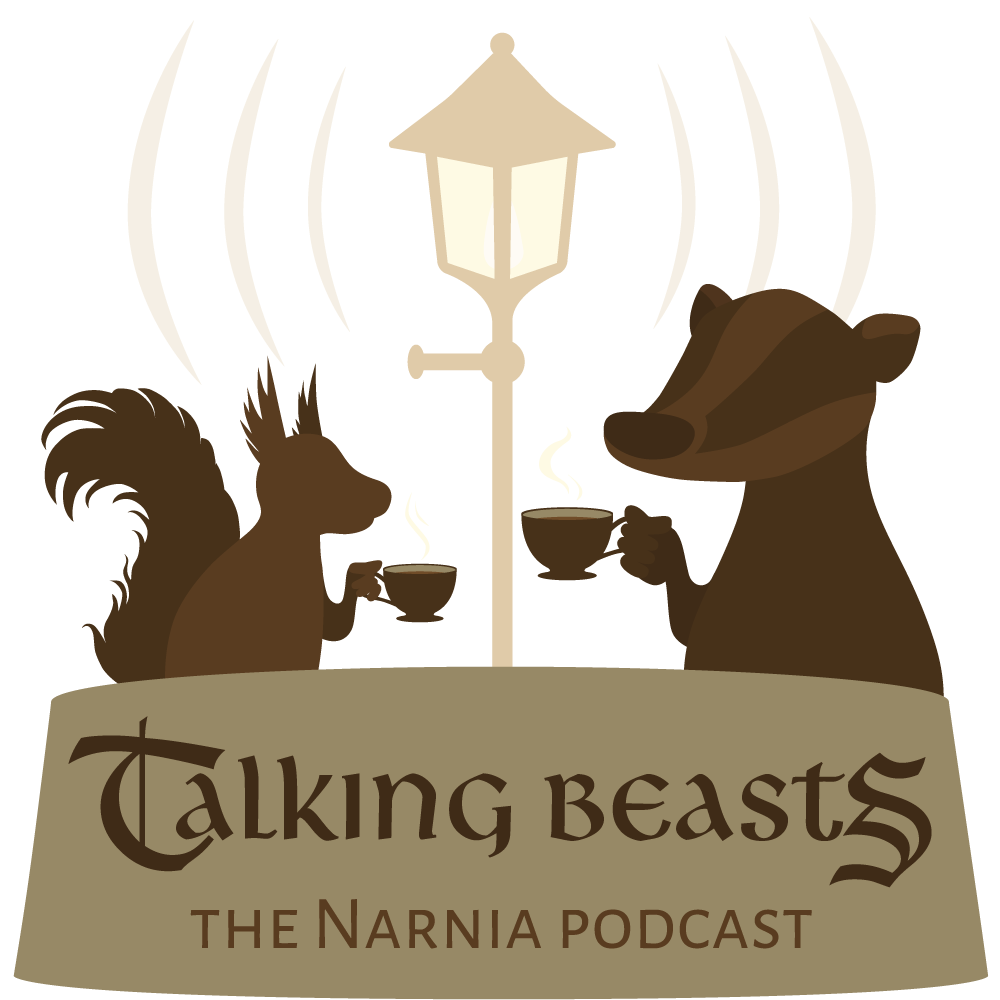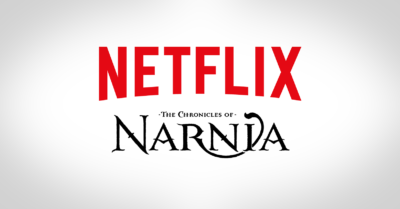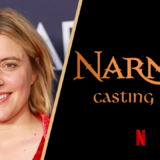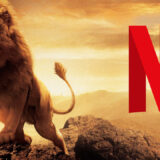Adamson Interview
Original story at The New Zealand Herald.
Director Andrew Adamson on Shrek 2 and The Lion, the Witch and the Wardrobe
16.06.2004 By RUSSELL BAILLIE
He may have just delivered his second box-office monster – well, box-office green ogre of Scottish accent and piggy ears – but Andrew Adamson doesn’t get many days off.
Actually, it appears he doesn’t get many hours off. We have exactly nine minutes to talk to the director who has returned from Los Angeles to hometown Auckland to make The Lion, the Witch and the Wardrobe, just as his Shrek 2 has become the highest-grossing animated film, having clocked up US$354 million ($568 million). The big green guy is officially bigger than Nemo.
Adamson talks with a hint of an American accent, acquired after 15 or so years stateside. And like another great, and rich, New Zealand director, he’s nothing special on the sartorial front.
If he’s a busy man, he’s also an engaging one, happy to talk about The Lion … which is in pre-production in West Auckland (even though he’s meant to be promoting the Shrek sequel) and just how he’s made the jump from the world’s biggest computer cartoon to a live-action version of a book – the first of C.S. Lewis’ Narnia Chronicles – that is as precious to its fans as The Lord of the Rings was to its following.
Q. How is the other film going? Can we call it the other film?
A. It’s going very well. We are days away from shooting or weeks away from shooting, so it’s a train that is coming at me definitely. But it’s going great. We have a great cast assembled now so it’s really coming together. It’s exciting. It’s terrifying and exciting.
Q. Has the novelty of actually having real-live actors worn off yet?
A. You have actors in animation – it’s just that you work with them separately. Strangely enough it’s similar but the process is very different. You are still focusing on all the same things – story and performance. With the actors you have got to work from your gut more. In live action you don’t get as many chances.
Having come from live-action visual effects, I like that energy and excitement of making decisions on the spot that you have to stick with. Very often even in animation what I will often do is write down what my initial gut instincts are because a year from then looking at a sequence and wondering why it’s not working I’ll go back and see what I liked about it at the beginning – it’s usually right.
Q. So how did you start out?
A. I started out in computer animation which at that time was flying logos and the opening of TV3 and Radio with Pictures and all that kind of stuff and commercials.
Q. Do you still see your work on New Zealand TV?
A. Not any more – the Minties ad stayed on for a long time. The Mintie upwrapping stayed there, terrifying me, but finally it’s all gone. Then I went over to the States to work in commercials and then I moved into feature-film effects and then ended up back in animation completely by accident through somebody I met here.
I helped Peter Jackson out on Frighteners and met a producer, who for a short time ended up being one of the producers on Shrek, and kind of dragged me into that. So it was a very round-about route.
Q. Has Shrek been your training as far as telling stories goes?
A. Yes. Definitely. I was actually planning after I did the Batman movies – the second Batman I did purely for the money – with the goal of spending some time working on my writing. I knew by that time I enjoyed the storytelling aspect, having gone from commercials where you have 30 seconds while somebody goes to the bathroom to actually telling stories through visual effects.
I realised I wanted to be a storyteller. I was planning to go and spend a year working on the writing when Shrek came up. I sort of went into it kicking and screaming and agreed to give it a three-month trial and then ended up just doing it for the next three and half years. But it really was story training. Because in animation when you work with storyboards and make the movie over and over and over again in storyboards, it’s also like experimental film-making.
I’ve applied that same principle to Narnia and it’s great because the script gets tighter and tighter and tighter as an extension of writing rather than editing.
Q. What was the biggest hurdle you faced with Shrek 2? Trying to top Shrek 1?
A. The biggest thing was developing the story. After three or four months of trying all sorts of different stories, this story actually came together quickly – the basic story of Shrek and Fiona meeting the parents, what happened all that kind of thing. The specifics, the ins and outs, were more complicated.
I wanted to do more of an ensemble piece. I wanted to challenge myself with a more complicated, intricate story with more characters. There were many times I cursed myself for that challenge because that was the last thing to come together. It was difficult to get all those pieces to work.
Q. Can you draw?
A. Very slowly. I can but I don’t tend to because there are people who are better and faster. I used to draw a lot as a child. I used to draw cartoons a lot as a child. I never anticipated working in animation and it’s something to some degree I’ve let go. I used to thoroughly enjoy it so I can when I have to, basically.
Q. Being sort of an outsider to the animation world before Shrek – did that help?
A. Aron Warner the producer and myself both come from live-action film-making. I think that it influenced the first movie to the point that people said it wasn’t like any other animated movie they ever saw.
Q. It breathed differently …
A. Yeah and I used the camera very much like you would use a live action camera. That influence was very, very critical to what these movies became.
Q. Your mother told us a few years ago that you got into this business because of a car accident.
A. That is actually true. At the time I came back to New Zealand I was planning to get into architecture which interestingly enough is a similar discipline to computer animation – it’s science based and art based. But I missed university enrolment because the day before I was meant to leave Papua New Guinea, where we had been living, I had a car accident and broke my leg and smashed myself up. And so I had a year to kill waiting for the next year’s enrolment. I accidentally got into this.
Q. So on The Lion, the Witch, and the Wardrobe, what’s going to be your biggest personal challenge?
A. For me, the film I am working on at the moment is a book that was very important to me as a child and it’s another movie that comes with a lot of expectations because it’s a book that a lot of people enjoyed as children. And then going back and reading it as an adult I was surprised by how little was there. C.S. Lewis is someone who paints a picture and lets you imagine the rest. To me it’s about making a movie which lives up to my memory of my book rather than specifically the book itself.
And it needs to live up to everyone else’s memories and that is what my challenge is – to make it accessible and real. You read it and it’s a 1940s children’s book. I want it to feel real and for kids today to actually relate to the children.
So I’ve really tried to make the story about a family which is disenfranchised and disempowered in World War II, that on entering Narnia, through their unity as a family become empowered at the end of the story. It’s really bringing the humanity of the characters into what is effectively a symbolic story.





